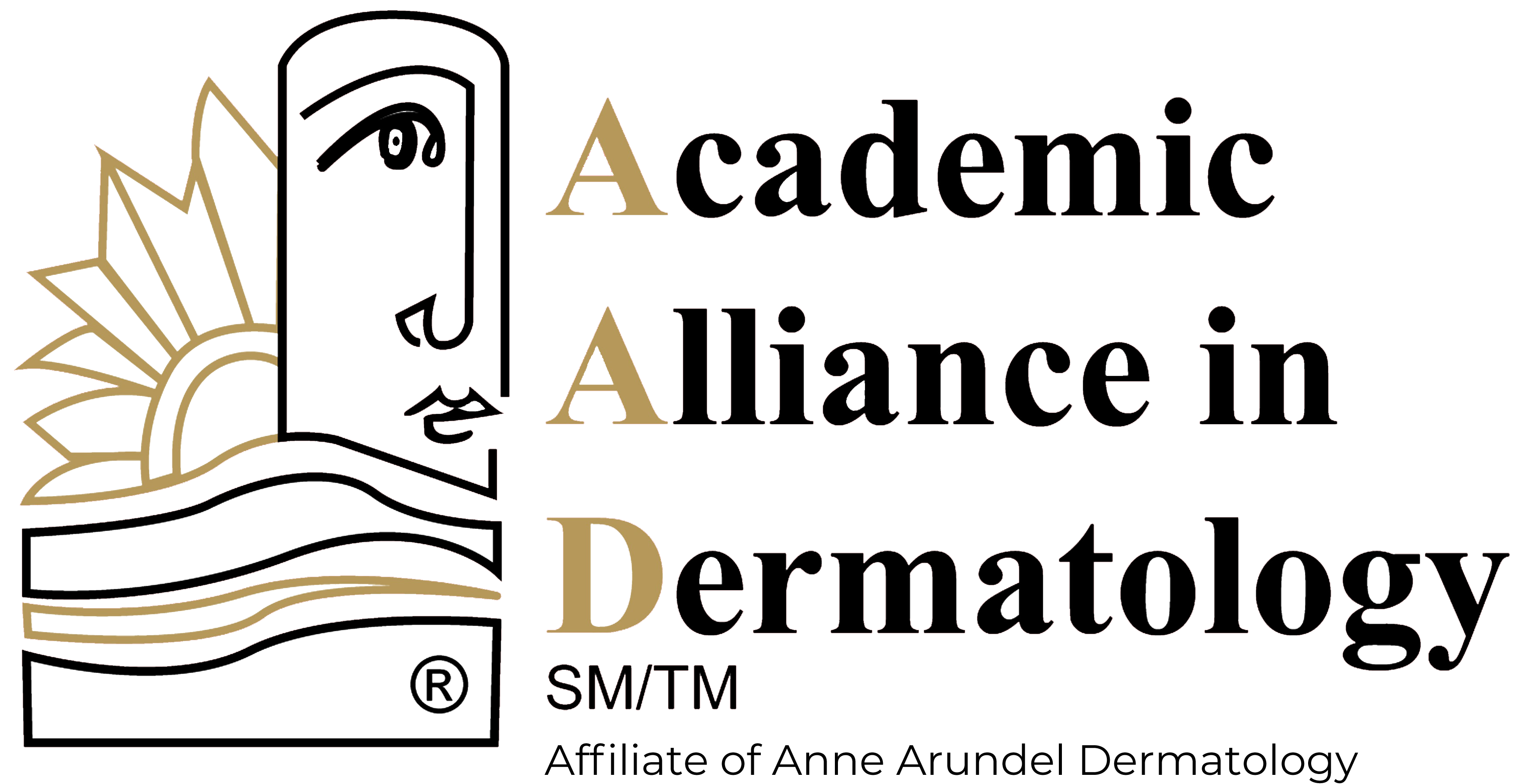Tampa Bay’s Dr. Panos Vasiloudes on Global Stage in Italy
For one week in June, men and women from 180 “global societies” descended on Milan. They were dermatologists, not designers, there to transform the Italian epicenter of fashion into the source of “Skin Health for the World”. It’s a tall order but the promise of the 24th World Congress of Dermatology. Not since 2015 had the world congress been held. Among the select speakers was Tampa Bay’s own Dr. Panos Vasiloudes!
“The World Congress of Dermatology is like the Olympics for us,” said Dr. Vasiloudes, President, CEO and Chief Medical Officer of Academic Alliance in Dermatology. “We started preparing my presentation four to five years ago,” he said matter-of-factly. “We’ve been collecting data on melanoma since 1993. That’s over a quarter of a century,” said Dr. Vasiloudes. “We’ve found melanomas that, at first, look very innocent and they’re in the same spot where the grandmother had a melanoma. Even the tiniest little 1mm spot can be inherited over 4 generations,” he continued. “Our database contains over 450,000 patients.”
Dr. Vasiloudes was invited to Milan by the International Society of Pediatric Dermatology (ISPD). He was one of only three presenters from the United States the ISPD invited! Dual board certified in dermatology and pediatrics, Dr. Vasiloudes traveled to Milan to deliver his presentation June 10th – on opening day of the world conference. In a sea of possibilities, his topic centered around genetics and melanoma. That’s no surprise when you consider he’s an expert in cell and molecular biology. Dr. Vasiloudes presentation name: “The Dotty-Spotty-Linear Blashcko Pattern & Its Practical Application to Diagnose Early Melanomas”.
Was he nervous? No. Excited? Yes! “The audience was truly international! Dermatologist, clinicians, researchers and scientists alike, from every continent with interest in cutting edge Dermatology and Genetics were there,” explained Dr. Vasiloudes.
“I am not the only pediatric dermatologist in the USA, but I am one of the few who see a huge amount of adult and pediatric patients,” explained Dr. Vasiloudes. “I see up to four generations of patients from the same family, including infants, parents, grandparents and great-grandparents. Our very first data dates back more than 30 years,” said Dr. Vasiloudes. The Academic Alliance in Dermatology of today was first a small medical practice by another name opened in 1988. “I personally started collecting data 25 years ago,” said Dr. Vasiloudes. “My very first research project in dermatology dates back to 1993.” Every melanoma diagnosed by Dr. Vasiloudes and his team at AAD is analyzed and the data is collected in a centralized registry.
“Exact and detailed family history is exceedingly important. This is based on a registry of 8,000 melanomas and pre-melanomas. Specific family traits can skip generations, remain silent and then reappear,” explained Dr. Vasiloudes. “We have studied over 500 cases of multi-generational melanomas.” Just how many generations of patients? Up to five, says Dr. Vasiloudes.
“We have verified data in a few families going back four generations and we have diagnosed over 1,000 cases of melanoma involving two to three generations in the same family,” said Dr. Vasiloudes, who points out they’ve diagnosed siblings and twins with melanomas in the exact same location of the body!
The ramifications of this research are staggering. “What we observed in the skin applies in every other organ and system,” said Dr. Vasiloudes. “Like the spine, for example. We’ve seen cases where the exact same spine malformation was present in different generations.” Speaking of cancer, he refers to patients with colon cancer appearing in the exact the same location as a relative in a prior generation. “Our data can be extrapolated to every other organ and system,” said Dr. Vasiloudes.
With 9,500 people in the United States diagnosed with skin cancer every day, according to the American Academy of Dermatology, Dr. Vasiloudes’ message on the global stage in Milan is the same one he delivers here at home. Know your family’s medical history! It helps dermatologists determine how frequent your skin cancer screenings should be, specific to your family history. It’s not an exercise in futility. Early diagnosis and treatment saves lives!

